
The vinyl record has been around in its current format since Columbia Records launched the first 12-inch LP in 1948 (although the basic idea is much older, as we shall see). This writer has been buying music on the once ubiquitous and already well-established vinyl format since the tender age of six, and as with many established inventions, today music coming from a tiny groove on a flat disc via a needle and out through your speakers is a bit like the accepted existence of magic in a fantasy world, or flying superheroes in the MCU. As Steve Jobs famously said – unhelpfully to those wanting to know how – ‘it just works’.
But now, with the revival of this venerable format in full swing, it’s got us wondering just how music ever got into the tiny grooves of records in the first place, particularly as that happened well over a hundred years before microtechnology became commonplace. So here, briefly, we’re going to try to explain the kind of magic required to get sound onto a foot-wide plastic platter.
It begins with sound. Sound is made by objects, instruments, larynxes and so forth vibrating the air around them, and we hear those vibrations as sounds. In 1857, French inventor Edouard-Leon Scott came up with a device to help people get a better understanding of how sound works, called the Phonautograph, where a vibrating pen would graphically draw those sound vibrations onto small paper discs.
This story is from the {{IssueName}} edition of {{MagazineName}}.
Start your 7-day Magzter GOLD free trial to access thousands of curated premium stories, and 9,000+ magazines and newspapers.
Already a subscriber ? Sign In
This story is from the {{IssueName}} edition of {{MagazineName}}.
Start your 7-day Magzter GOLD free trial to access thousands of curated premium stories, and 9,000+ magazines and newspapers.
Already a subscriber? Sign In

Bose QuietComfort Ultra Earbuds
Out with the old Bose and in with the new

Sony Bravia 8 (K65XR80)
Can the Bravia 8 pick up where the awesome A80L left off?

Philips OLED809 (650LED809)
The Philips OLED809 is a great mid-range OLED TV designed for the masses
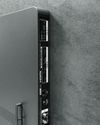
LG C4 (OLED65C4)
LG's C-series is back on top
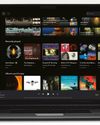
Tidal
The best music service for streaming-savvy audiophiles
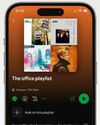
Spotify
Is Spotify still the world's best music streaming service?
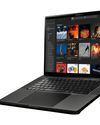
Apple Music
Apple aces many things, but is streaming music one of them?

Amazon Music Unlimited
A solid streaming service to rival Apple Music and Spotify
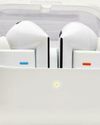
Apple AirPods Pro 2
Are these the best-sounding AirPods?

Samsung Galaxy Buds 3 Pro
Samsung sends the Galaxy on a quest to outdo Apple and co